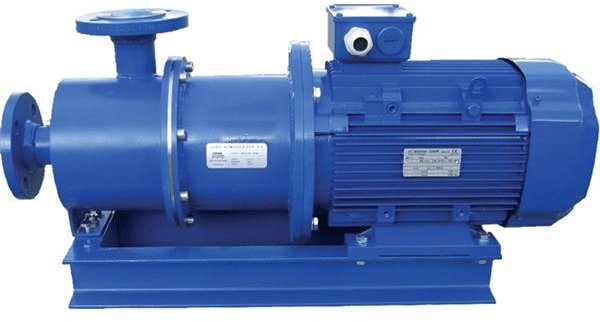Principle of Homogenizer Machine - Construction and Operation
Introduction
Marine engines on ships use heavy fuel oil for propulsion. This oil needs to be treated continuously through separators and filters to remove the impurities and improve the fuel quality. Moreover as the concern for environment pollution is increasing, ever more stringent regulations are being passed regarding the use of heavy oils. This is because the generation of sludge or residue depends on the type and quality of heavy oil used on board. The sludge thus generated from the heavy oils compulsorily needs to be disposed, which can be done only on the shore and that too at the owner’s expense. Till that time the sludge is to be stored separately on the ship, resulting is a kind of liability on ship and increasing the risk of marine pollution.Thus in order to reduce the quantity of sludge generated and the poisonous gases in the exhaust, homogenizer machines are used on ships, so let us learn about their working principle.
What is Homogenizing?
The heavy fuels used on ships consist of several impurities which differ in size, weight and texture. In order to reduce the amount of sludge produced and also the exhaust gas emission, homogenizing of these impurities needs to be done. Homogenizing means having a homogenous structure of all the components of heavy oil used in the marine engines. Homogeneity improves the combustion of the fuel and thus the performance of the engine.
Homogenizer
Homogenizer is an equipment that assists in the process of homogenizing. The main job of a homogenizer is to form a uniform structure of all solid materials present in the heavy fuel oil. A homogenizer also breaks down large water particles into small homogenous structure, resulting in an emulsion consisting of water molecules spread evenly throughout the whole liquid.

Construction and Working
Homogenizer mainly works by agitating the liquid that is to be homogenized. Agitation can be done by using a mechanical arrangement which pumps the liquid through an orifice plate. Agitation can also be done by an acoustic medium which uses ultrasonic frequency to agitate a surface over which the liquid is pumped.
A conventional homogenizer is like a milling machine which churns the liquid as it passes through it. The design consists of fixed stator housing with a rotor which is generally motor driven. The mating surface of stator and rotor has specially designed channels. Both rotor and stator are conical in shape and have a specific clearance between them through which the fuel is passed. Moreover, the designed is made in such a way that the liquid accelerates as it moves through the channel, making the dissolved components uniform in nature.
It is to note that though the unit looks like a pump, it doesn’t have a pumping unit. A separate pump needs to be installed to pump the fuel through the system.
Image credits
https://kennethamiller.com/images/Homogenizer.gif
https://www.gobizkorea.com/att/cat/jowakorea/tp_html/img/jowakorea_cat_9_small_img_2.jpg
